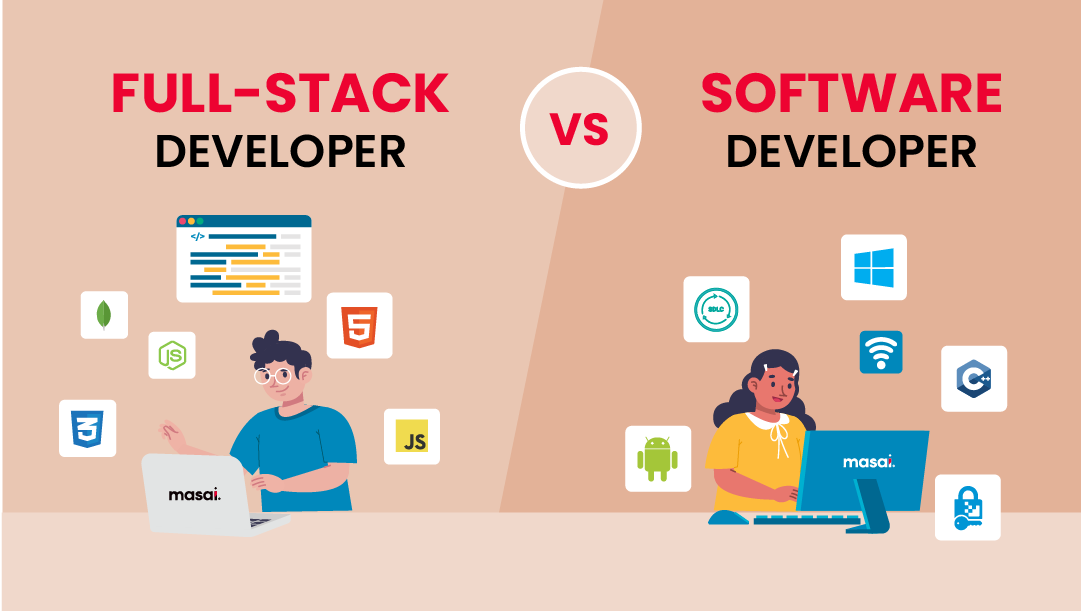Committed Developers vs. In-House Teams: Which Is Right for You?
The choice between making use of dedicated programmers and preserving an internal team is a considerable one that can impact the trajectory of your jobs and total organization approach. Dedicated programmers supply a degree of flexibility and customized know-how that can be advantageous for certain, temporary initiatives. Alternatively, in-house groups add to a cohesive company society and a nuanced understanding of long-lasting objectives. By examining crucial aspects such as spending plan, project range, and preferred control, you can better establish which approach straightens with your organizational demands. The ramifications of this choice prolong past immediate results-- take into consideration the more comprehensive effect on your service landscape.
Comprehending Dedicated Developers
The expanding need for specialized skills in the tech industry has caused the introduction of dedicated programmers as a practical remedy for several companies. These specialists are commonly contracted on a task basis, permitting business to utilize details expertise without the lasting commitment related to full time hires. Dedicated programmers are frequently embedded within a customer's group, giving flexibility and scalability to satisfy task requirements.
This version permits companies to access a global ability pool, which is especially helpful in a swiftly advancing technological landscape. Devoted designers can be sourced from various geographical areas, making certain that companies can discover the appropriate ability at competitive rates. They typically bring a riches of experience and expertise, having serviced varied projects throughout various sectors.
Additionally, dedicated designers can focus solely on the jobs available, enhancing productivity and efficiency. They are outfitted to integrate flawlessly into existing workflows, collaborating very closely with internal groups to attain job goals. This technique not just decreases the concern of recruitment and training yet also permits organizations to stay dexterous, adjusting promptly to altering market needs and technical improvements.
Benefits of In-House Teams

In addition, in-house teams have a tendency to have a much deeper understanding of the company's objective, values, and goals. This positioning can boost employee engagement and inspiration, as team members really feel more connected to their job and the company's success. Additionally, having a dedicated internal group enables much better placement of goals and techniques, as these members are consistently concentrated on the business's concerns.
In-house teams also assist in quicker decision-making procedures, as they can respond much more swiftly to modifications and difficulties. The well established partnerships and familiarity with business protocols enable streamlined process and decreased miscommunication. Eventually, the mix of a cohesive society, alignment with organizational objectives, and reliable communication makes in-house teams a valuable property for many companies, particularly those wanting to cultivate long-lasting development and development.
Expense Factors To Consider
When examining expense considerations, both committed designers and in-house groups existing distinctive financial implications for organizations. Engaging dedicated designers usually includes a pay-per-project or hourly price design, which can be affordable for businesses with rising and fall task needs. This technique enables versatility in scaling resources up or down, making certain that companies only pay for the solutions they require.
In contrast, internal groups involve taken care of prices, consisting of wages, advantages, and overhead costs such as office and tools. While this version supplies greater control and instant schedule of sources, it may result in higher long-term expenses, especially if the work does not justify a full time team.
Additionally, companies should think about the surprise expenses related to recruitment and training of internal staff members, which can further strain budget plans. In many cases, the time and resources invested in taking care of an internal team can diminish the company's core business objectives.

Task Monitoring and Flexibility
Project monitoring and adaptability are important factors that influence the option in between internal groups and committed programmers. Committed developers usually use a high degree of adaptability, enabling companies to scale resources up or down based upon task needs. This agility can be especially useful for companies experiencing rising and fall work or those looking for to innovate quickly. Devoted groups often have developed processes for taking care of projects effectively, leveraging particular techniques like Agile or Scrum, which promote iterative progression and flexibility.

Eventually, the selection between internal teams and dedicated programmers rests on the preferred degree of versatility and the certain job management needs. Business must assess their operational characteristics, task intricacy, and resource schedule to figure out which alternative aligns finest with their critical objectives.
Making the Right Option
Choosing the best growth method-- in-house groups or specialized developers-- calls for a mindful assessment of various elements that line up with a firm's strategic objectives. On the other hand, internal teams can offer far better connection and integration with existing personnel.
Next, examine your spending plan. Committed programmers frequently offer website here an affordable remedy for temporary projects, while internal groups might sustain higher long-term expenditures as a result of incomes, advantages, and expenses costs. Assess the degree of control and partnership preferred; internal teams normally foster more powerful communication and alignment with business society.
If instant results are necessary, devoted programmers can be onboarded swiftly, whereas constructing an in-house group takes time for recruitment whmcs developer and training. If continual growth is important, investing in an internal group may yield better returns over time.
Verdict
Finally, the choice between internal groups and devoted programmers rests on project demands and organizational purposes. Dedicated programmers give flexibility and specific expertise, making them appropriate for temporary campaigns. Conversely, internal teams grow a natural society and deeper alignment with lasting objectives. Mindful assessment of budget restrictions, job timelines, and preferred control levels is vital for establishing the most appropriate method, making certain placement with calculated top priorities and functional performance.
The choice between making use of dedicated programmers and keeping an in-house team is a considerable one that can impact the trajectory of your jobs and total business method.Task administration and versatility are vital elements that influence the selection between committed programmers and in-house groups. hire dedicated developers.In contrast, in-house teams might stand out in maintaining a constant project management structure due to their familiarity with the company's why not find out more culture and lasting objectives. Committed designers usually provide an affordable solution for short-term projects, while internal teams may sustain greater long-lasting expenditures due to salaries, benefits, and overhead expenses.In conclusion, the choice between in-house groups and dedicated programmers hinges on job requirements and organizational goals